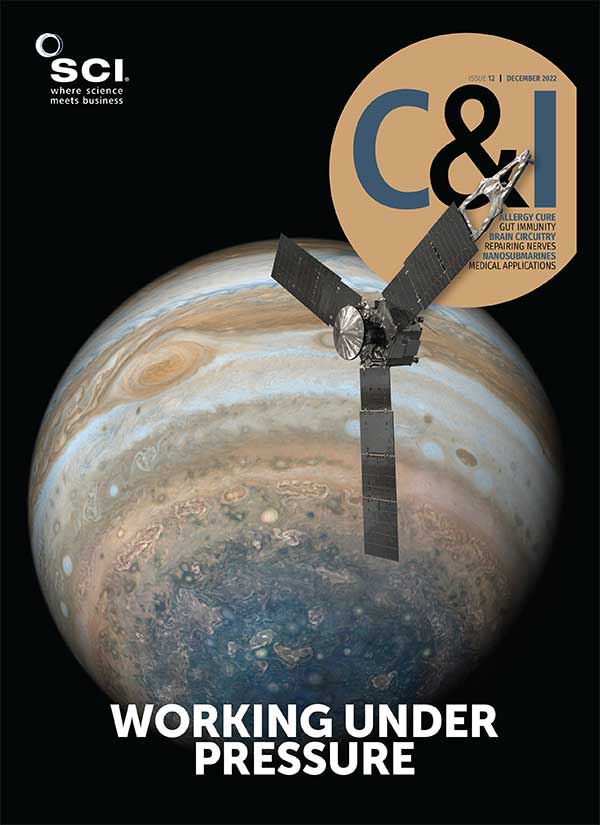Maria Burke
Farmers are disappointed with the European Commission’s latest attempts to tackle the ongoing crisis in the fertiliser market, complaining the long-awaited Communication fails to provide any short-term solutions.
Prices for raw materials – ammonia, nitrogen, nitrates, phosphates, potash and sulfates – reached record highs this year. The price of fertilisers in September rose by 149%, compared with 2021, thanks to surging gas prices and reduced imports from Russia and Belarus following the invasion of Ukraine. According to the UN Food and Agriculture Organization, in 2021, Russia was the world’s top exporter of nitrogen fertilisers and the second-largest supplier of both potassic and phosphorus fertilisers. But the war has completely disrupted global supply chains.
Russia and Belarus supplied up to 60% of imports to European countries, according to Fertilizers Europe; in particular, the EU’s sanctions on Belarus have impacted imports of potash. Another consequence of the crisis is that European imports of urea jumped by almost 40% in 2022. Compared with nitrogen-based fertilisers, urea has a much larger environmental footprint.
Manufacturers have also had to cope with reduced gas imports from Russia and spiralling gas prices. They rely on imports of natural gas as a feedstock as well as an energy source. Methane from natural gas is key to the Haber-Bosch process, which produces nitrogen-based fertilisers such as ammonia. In spring 2022, natural gas prices in Europe were nine times higher than in the US, according to the International Energy Agency (IEA). Consequently, European ammonia production capacity fell by 70%.
Price rises and shortages have driven farmers to delay and reduce fertiliser purchases. COPA, the association of EU farmers, is concerned this will have a huge impact on the 2023 harvest, affecting yields, crop quality, consumer prices and the competitiveness of European farms.
‘The Commission is taking measures to reduce the pressure on farmers,’ insists Frans Timmermans, Executive Vice-President for the European Green Deal. ‘The sustainable way forward is to focus on efficiency and alternatives. This will also help ease pressure on global fertiliser supplies. Likewise, we should seize the opportunity to expand production of green ammonia, produced with renewable energy.’
The Commission’s Communication (agriculture.ec.europa.eu/system/files/2022-11/communication-ensuring-availability-affordability-fertilisers_en_2.pdf) outlines the measures taken and planned to limit the price of gas. It also allows Member States to prioritise access to natural gas for fertiliser producers in their national emergency plans in the event of gas rationing; and to use funds generated by measures such as the cap on market revenues of certain electricity generators to support farmers and fertiliser producers.
The Commission had already decided to increase the limit for maximum state aid for farmers under the temporary crisis framework to a record €250,000, and now fertiliser producers will benefit from higher aid amounts of up to €150m, provided they demonstrate energy consumption cuts and energy efficiency measures. Public authorities will also be able to purchase fertilisers and offer them at lower prices to farmers.
The Communication encourages producers to find alternative suppliers such as Morocco, which already accounts for 40% of Europe’s imports of phosphate. It also announced two new initiatives for 2023: a market observatory to improve transparency by sharing production and trade data; and a European Innovation Council challenge on resilient agriculture offering €65m to support start-ups in developing green technologies to improve crop yields. Other longer-term measures include promoting sustainable farming training and organic fertilisers.
‘I am glad the Commission recognises the challenging situation of our industry,’ comments Fertilizers Europe Director-General Jacob Hansen. ‘Both financial aid and gas prioritisation as well as support for farmers affected by high input costs will play a role in helping industry fully restart production in Europe.’
Hansen says industry will support the Commission’s call to optimise nutrient use. ‘Our industry has been working for many years to develop new products and use science and digital solutions to improve onsite performance and fertiliser practices. The EU must further support such efforts to ensure we grow more with less.’
However, COPA President Christiane Lambert, criticises the Communication for containing few proposals. ‘The Commission refuses to give farmers short-term solutions, putting the viability of many farms at risk,’ she says. Plans to push the European Council to suspend import tariffs on urea and ammonia, and the call to implement state aid and ensure access to natural gas, fall far short of addressing the current market disruption, she comments.
Meanwhile, environmental groups complain the Commission is supporting the interests of industry rather than focusing on reducing Europe’s excessive use of nutrients. ‘It beggars belief the Communication focuses on short-term support measures for fertiliser producers and undermines its own commitments to shift the EU to sustainable and resilient food and farming systems,’ says Sergiy Moroz of the European Environment Bureau. ‘The EU needs to transition to agroecological farming, accompanied by a cut in food waste and a shift to sustainable diets in order to significantly reduce inputs of nitrogen and phosphorus.’





